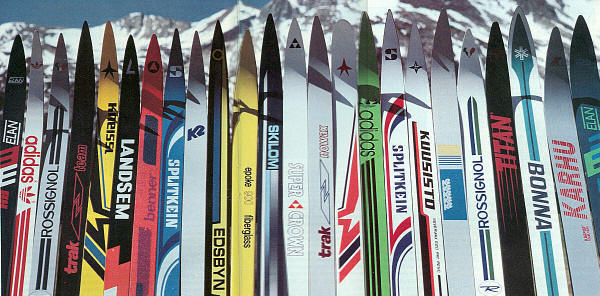
We all remember our first pair of skis, no matter how many years ago we got them. Whether they were brand new, hand-me-downs, or some classic rentals, these early skis played a role in our love for the sport and community. Many new brands were starting, and a pair of skis was more than just a tool to get turns in. What you ride says a lot about your personality and mountain flair. Unfortunately, not all brands can stand the test of time for many reasons.
We asked SnowBrains readers which vintage ski brands they wished could make a return, so now is the time to reminisce and look back on the brands that SnowBrains readers hope will make a return to the snow.
- Related Article: Beginning of Ski Season Checklist: Get Yourself and Your Gear Ready
Top 5 Most Missed Ski Brands
#5 Hexcel
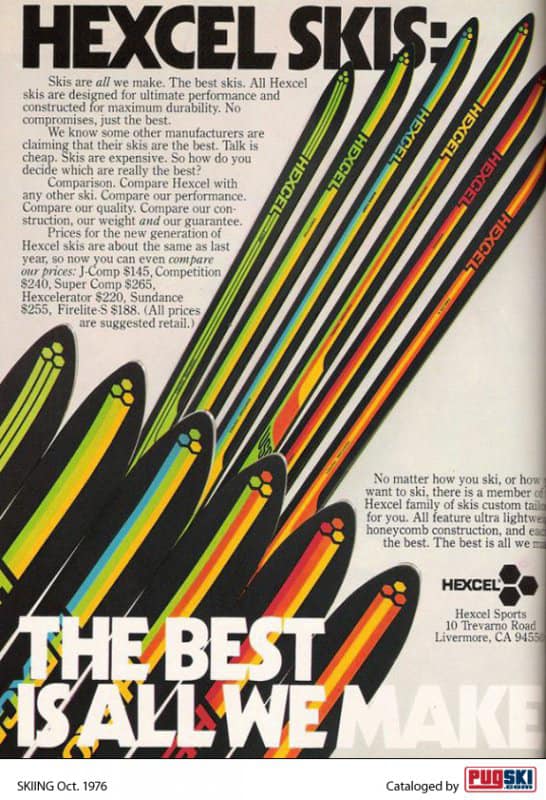
Hexcel was founded in 1946 by two engineers, Roger Steele and Roscoe W. Hughes, in Berkeley, California. The company didn’t start out making skis—it began as a materials science company specializing in advanced composite materials, especially honeycomb structures used for lightweight and high-strength applications in aerospace and other industries.
Hexcel skis featured a sleek, futuristic aesthetic that matched their high-tech construction. They often had simple, clean lines and minimalistic graphics, emphasizing advanced materials and performance rather than flashy designs. The skis were typically lightweight with a modern, cutting-edge look that set them apart from more traditional wood-core models at the time. The Hexcel logo and branding usually highlighted their use of fiberglass and composite materials, giving them a distinct, almost industrial appearance that appealed to serious skiers.
In the late 1970s, Hexcel was phased out of the game. This was mostly because the market had become so much more competitive, and their long-term goals of making advanced materials for the automotive, aerospace, and industrial sectors were far more profitable.
#4 Epoke
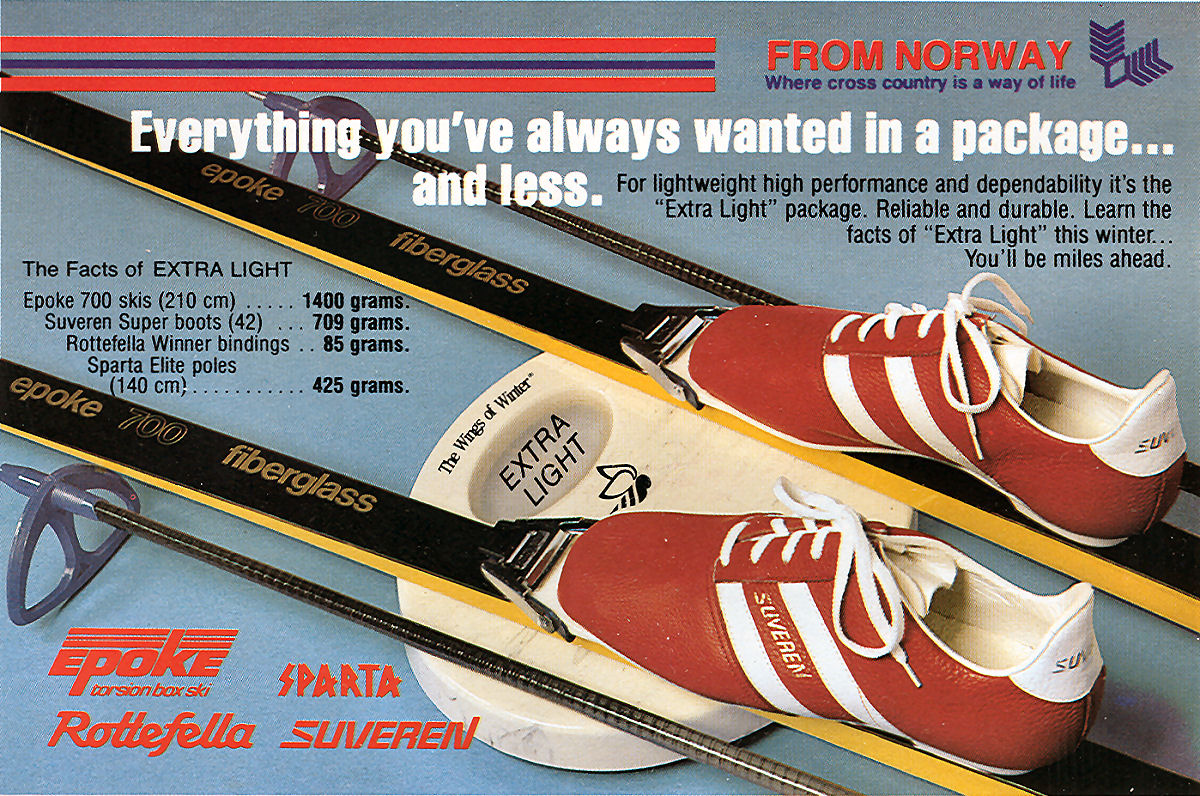
#3 Hart
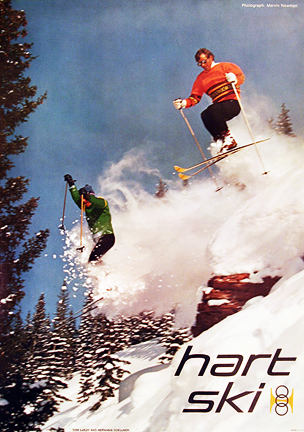
Founded in 1955 by Bill Hart and Ed Bjorklund in St. Paul, Minnesota, Hart Skis quickly revolutionized the ski industry with its pioneering use of metal in skis. This innovation gave skiers better control, stability, and speed, setting the brand apart from the rest early on. Hart became a household name in 1964 when American skiers Billy Kidd and Jimmie Heuga won silver and bronze medals at the Winter Olympics—using Hart skis to make history as the first American men to medal in alpine skiing.
Hart grew through the 70s and 80s, becoming a favorite among freestyle skiers. Their Freestyle and Javelin models were staples on the U.S. Freestyle Ski Team, and Hart’s gear helped the sport gain momentum. French skiing legend Jean-Claude Killy also made headlines using Hart skis during his dominant run at the 1968 Winter Olympics.
However, the 90s and 2000s were tough for Hart. The rise of lighter materials like carbon fiber and increased competition made it hard for the company to keep up. Ownership changes and financial struggles further weakened the brand. Although they attempted a revival with custom skis in the mid-2000s, Hart couldn’t regain its former glory and officially closed in 2022.
Despite their closure, Hart Skis left a lasting legacy. The company will be remembered for pushing boundaries in ski technology and helping freestyle skiing become what it is today. Hart ski gear was once synonymous with top-tier performance, forever linked to some of skiing’s most iconic moments.
#2 PRE
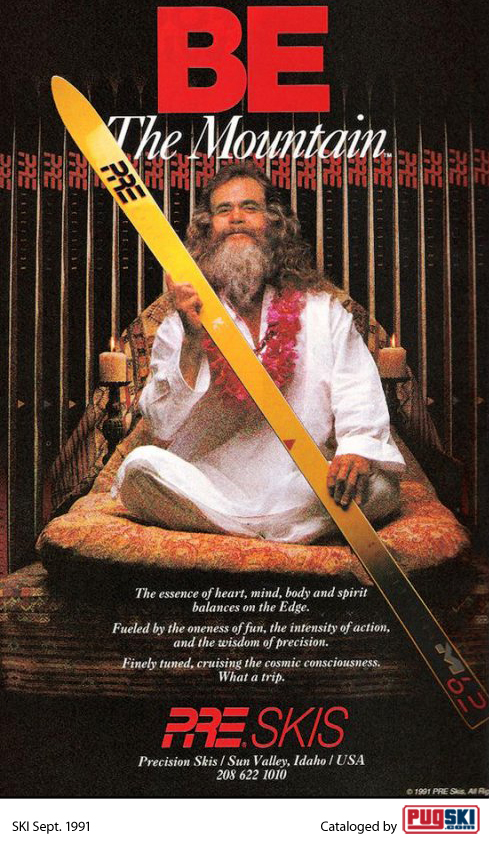
#1 Olin
Olin Ski was a pioneering ski brand founded by John Olin in the late 1960s. John Olin, born in 1913, was a prominent American businessman and the grandson of Franklin W. Olin, who founded the Olin Corporation in the 1890s. John Olin earned a degree in chemical engineering from the University of Michigan. He later took over the family business, primarily producing chemicals, explosives, and ammunition.
Recognizing the potential for innovation in the ski industry, John Olin applied his engineering expertise to ski design and launched Olin Ski. The brand was among the first to produce fiberglass skis, significantly advancing over traditional wooden plank skis. This innovative approach resulted in skis that were much lighter, more flexible, and offered improved performance on the slopes.
One of Olin’s standout products was the Olin Mark IV, which gained iconic status in the 1970s for its durability, smooth ride, and exceptional edge grip, particularly on hard-packed snow. Olin skis were popular among both recreational skiers and professionals, and they embraced the trend of shorter skis, which enhanced maneuverability and helped make skiing more accessible to a broader audience.
Olin skis also gained cultural recognition when they were featured in the James Bond film “For Your Eyes Only” (1981). In this film, Bond, portrayed by Roger Moore, used Olin skis during a thrilling chase sequence in the snowy Alps, aligning the brand with the excitement and glamor of the Bond franchise and boosting its visibility among ski enthusiasts.
Olin Ski faced increasing competition from larger European brands and struggled to keep pace with rapid advancements in ski technology during the 1980s and 1990s. Ultimately, Olin Ski was acquired by K2, leading to a decline in the brand’s prominence until it faded from the market.
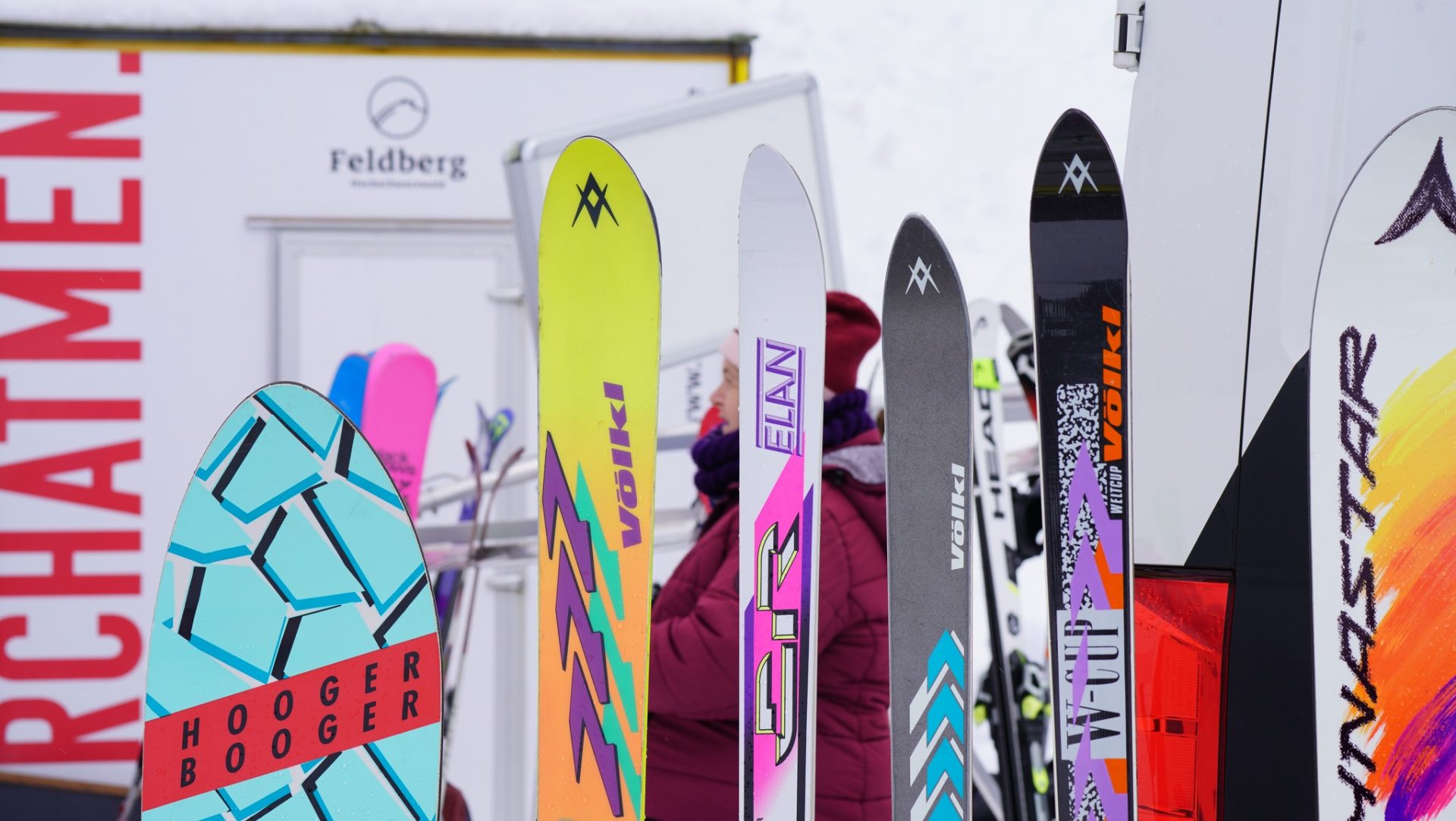
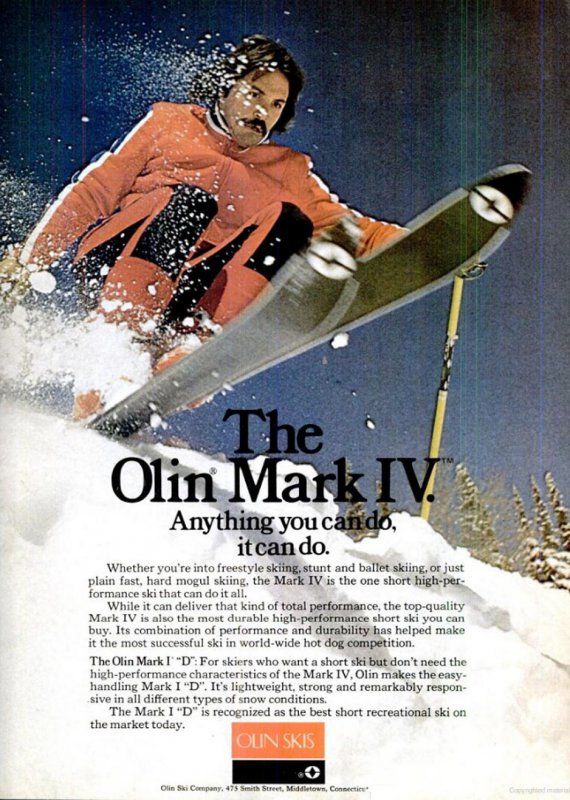
Killy was on Dynamic VR17’s at the “68 Olympics.
The article states that Killy was on Hart skis in the 1968 Grenoble olympics but that is incorrect. He was definitely on Dynamic VR 17’s.
I lucked out. I skied for years on two sets of skis on this list: Hart skis with Marker bindings and then Olin Mark IV with Solomon bindings. They were both great to ski on and so incredibly well made. I got more than 10 years out of each set. My Dad got me Harts when I was too short for them, but he knew how good they were because he’d skied on Harts. They took me thru high school and college and beyond. I bought the Olins only after one of my Harts were broken in half by a careless airline… but that’s a whole other story. Those Olins were the best ski I’ve ever had.